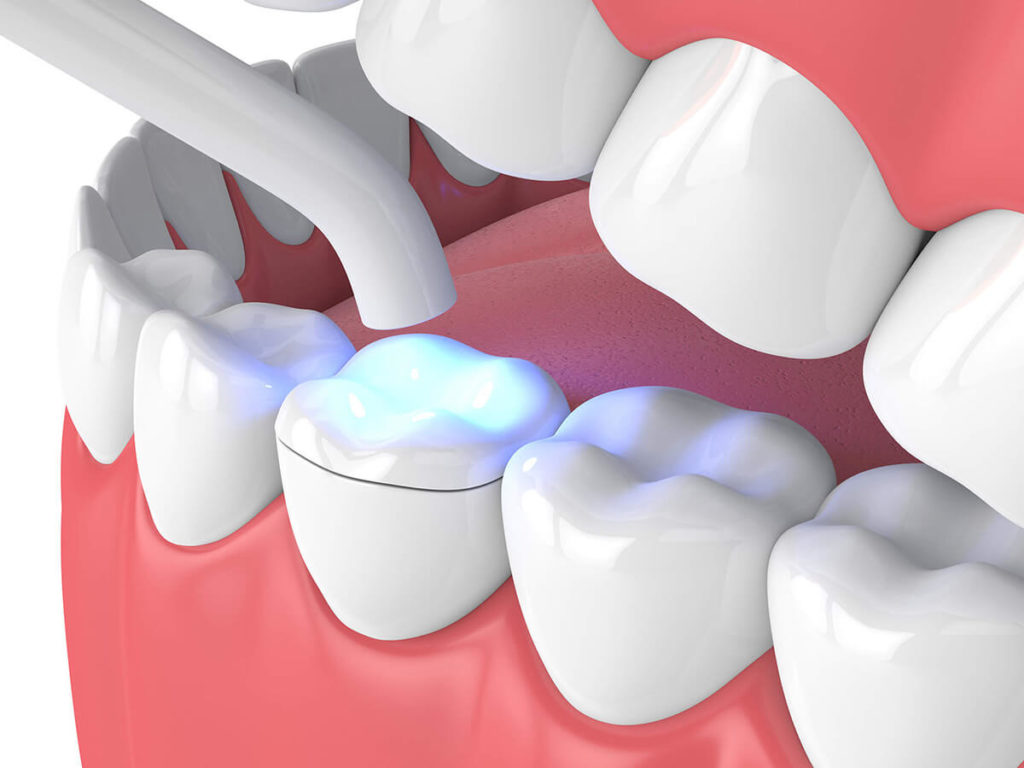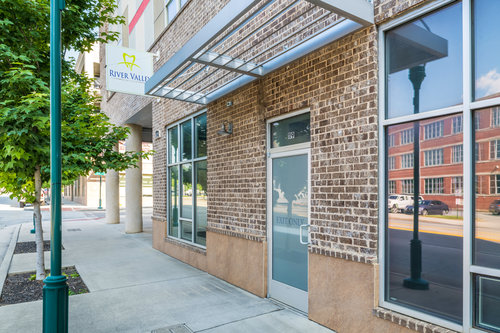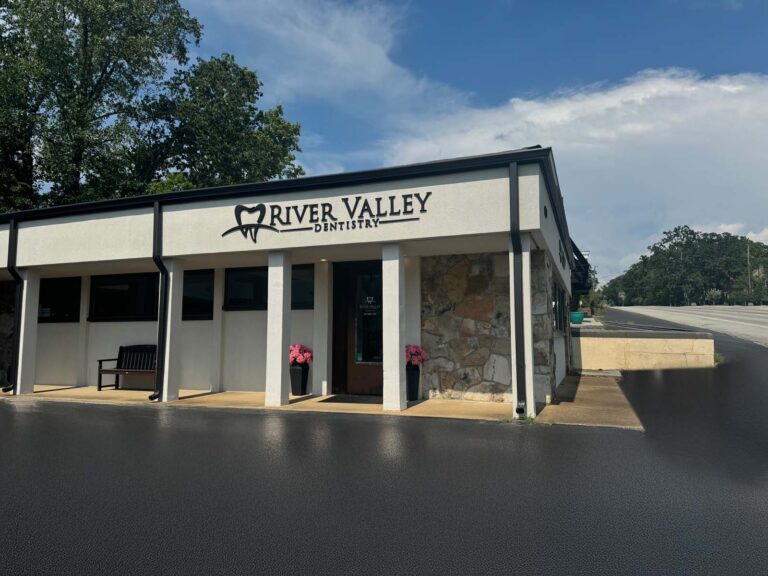Dental Inlays and Onlays
Dental inlays and onlays are recommended when a significant portion of a tooth’s chewing surface is damaged. They offer a stronger alternative to traditional fillings.
Inlays & Onlays for Tooth Restoration
Dental inlays and onlays provide a strong, conservative solution for repairing damaged teeth. Crafted from durable materials and bonded securely to the tooth, they restore function while maintaining a natural appearance. They can even increase tooth strength by up to 75%, making them a long-lasting improvement over traditional fillings.
Onlays are especially helpful when damage is too extensive for a filling but doesn’t require a full crown. Because they preserve more of your natural tooth structure, inlays and onlays deliver a functional, attractive restoration that can last 10 to 30 years with proper care. If you’re looking to repair your smile while maintaining maximum tooth integrity, schedule a consultation at River Valley Dentistry to see if inlays or onlays are right for you.
Schedule Online for Signal Mountain
Schedule Online for Ooltewah
Schedule Online for Chattanooga

-
What's the difference between inlays and onlays?
Inlays fit within the grooves of a tooth to repair internal damage, while onlays cover both the inner surface and one or more cusps, making them suitable for larger areas of damage.
-
How are dental inlays and onlays applied?
A dentist prepares the damaged tooth, takes an impression, and places a temporary restoration. Once the custom inlay or onlay is made, it’s bonded to the tooth to restore strength, shape, and function.
-
When should I consider a dental inlay or onlay?
You should consider a dental inlay or onlay when a tooth is too damaged for a filling but not damaged enough to need a full crown. They’re ideal for restoring strength while preserving more natural tooth structure.
Comprehensive Dental Care
We provide a full array of dental services to suit the needs of individuals and families. Use the links below to learn more about our services, schedule an appointment, or contact our office.











